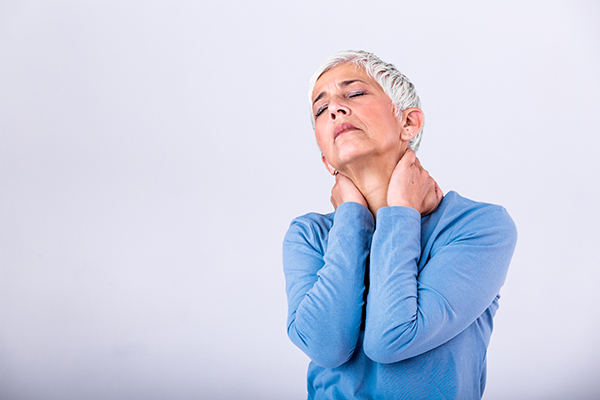you need relief from your pain
Fibromyalgia is a common condition characterized by widespread pain in joints, muscles, tendons and other soft tissues. Other problems commonly linked with fibromyalgia include fatigue, morning stiffness, sleep problems, headaches, numbness in hands and feet, depression and anxiety.
Fibromyalgia may develop on its own or secondary to other musculoskeletal conditions such as rheumatoid arthritis or systemic lupus. Fibromyalgia is a common and chronic problem suffered by millions, mostly women 30 to 50 years old. The symptoms sometimes improve, or they may worsen and continue for months or years. The cause of fibromyalgia is unknown.

“The treatment I have received at MTA by Sandra Do has improved the quality of my life tremendously. I was diagnosed with fibromyalgia four years ago and had pain throughout my body. I am 90% improved and am now able to lead a normal life. Sandy is awesome!” – Jill M., OTR
Symptoms Of Fibromyalgia
Fibromyalgia, also known as fibrositis, fibromyositis and myofascial pain syndrome, requires at least three months of widespread pain and tenderness in at least 11 of 18 “tender-point” sites for diagnosis. Tender-point sites include:
- Neck
- Shoulders
- Chest
- Rib Cage
- Low Back
- Thighs
- Knees
- Arms (elbows)
- Buttocks
The overwhelming symptom of fibromyalgia is long-term, body-wide pain with defined tender-points. Fibromyalgia can also mimic arthritis. Patients describe their pain as deep-aching, radiating, gnawing, shooting or burning, ranging from mild to severe. Other symptoms include:
- Multiple tender areas on the back of the neck, shoulders, sternum, lower back, hip, shin, elbows & knees
- Fatigue
- Sleep disturbances
- Body aches & stiffness
- Reduced exercise tolerance
- Chronic facial pain or aching
Treating Fibromyalgia
In mild cases, symptoms may go away with stress reduction or lifestyle changes. Eating a well-balanced diet and avoiding caffeine may reduce sleep problems and the severity of the symptoms.
We also recommend improved fitness through exercise. Studies have shown that aerobic exercise reduces fibromyalgia symptoms. The best way to begin a fitness program is to start with low-impact exercises like walking or swimming. Starting slowly helps stretch and mobilize tight, sore muscles. High-impact aerobics and weight lifting, on the other hand, can cause increased discomfort. Myofascial release, gentle stretching and light therapeutic massage may also help relieve symptoms as well as acupressure, acupuncture and relaxation techniques.
At Manual Therapy Associates, we have helped many fibromyalgia sufferers. There’s an excellent chance we can help you, too.

